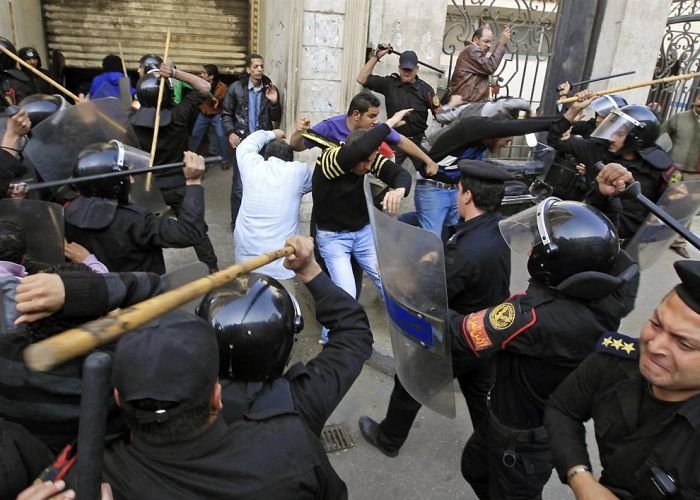|
|
The 2011 Egyptian Protests
|
The Egyptian government has attempted to break up and contain protests using a variety of methods, mostly non-lethal including rubber bullets, batons, water cannons, and tear gas; but in some cases using live ammunition with fatalities resulting. As of 29 January, at least 105 protester deaths had been reported, and those injured number 750 policemen and 1,500 protesters. The capital city of Cairo has been described as "a war zone", and the port city of Suez has been the scene of frequent violent clashes. The government imposed a curfew that protesters defied.
International response to the protests has generally been supportive with most governments and organizations calling for non-violent responses on both sides and peaceful moves towards reform. The protests have captured worldwide attention due to the increasing integration of Twitter, Facebook, YouTube and other social media platforms that have allowed activists and onlookers to communicate, coordinate, and document the events as they occur. As the level of publicity increased, the Egyptian government stepped up efforts to limit Internet access, especially to social media. The government turned off almost all Internet access and mobile phone service on the eve of major planned protests on Friday, causing a nationwide "blackout". Some limited mobile service was resumed on Saturday, 29 January.
|
|









